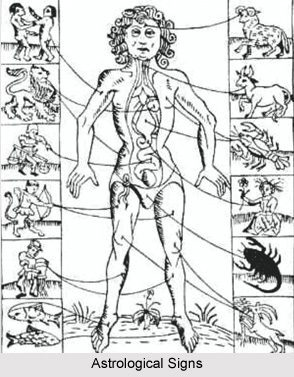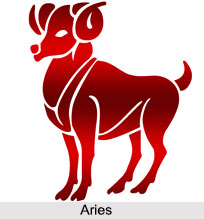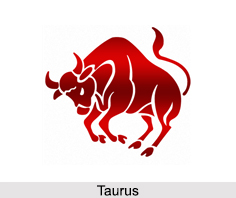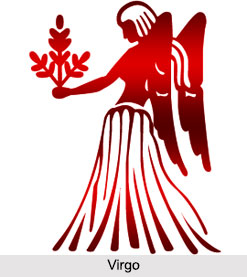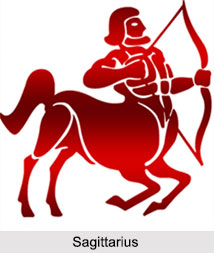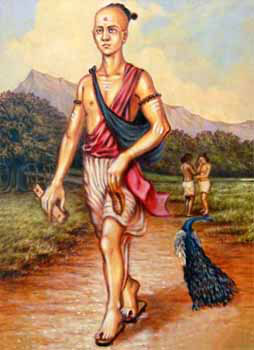 Vararuci I has been one of the earliest astronomers of ancient Hindu astronomy who is popularly known in Kerela . The date of this birth and death has been located according to the birth of his eldest son Agnihotri which estimates the existence of Vararuci in somewhere between A.D. 343 to 378. The manuscripts of the land ascribe to Vararuci the credit to depict the motion of the Chandrama which is known as Chandravakya or the moon sentences, also known as Vararuci vakya that marks the beginning of locating the Moon at the centre of Hindu Astronomy while depicting the role of numerical in calculating the movements of the Grahas or the planets which later on became the most vital theory of Hindu Astronomy. In Tamin Nadu region of South India another scholar is also known as Vararuci who is too known as Hindu Astronomer popularly known as Vahyakarana in the texts. This raises a doubt in the actual date of existence of the astronomer in ancient India who was the first to locate the moon and the numerical which are vital for the calculation of astronomy.
Vararuci I has been one of the earliest astronomers of ancient Hindu astronomy who is popularly known in Kerela . The date of this birth and death has been located according to the birth of his eldest son Agnihotri which estimates the existence of Vararuci in somewhere between A.D. 343 to 378. The manuscripts of the land ascribe to Vararuci the credit to depict the motion of the Chandrama which is known as Chandravakya or the moon sentences, also known as Vararuci vakya that marks the beginning of locating the Moon at the centre of Hindu Astronomy while depicting the role of numerical in calculating the movements of the Grahas or the planets which later on became the most vital theory of Hindu Astronomy. In Tamin Nadu region of South India another scholar is also known as Vararuci who is too known as Hindu Astronomer popularly known as Vahyakarana in the texts. This raises a doubt in the actual date of existence of the astronomer in ancient India who was the first to locate the moon and the numerical which are vital for the calculation of astronomy.
Vararuci I is one of the ancient Indian Astronomers who highlight the ancient approach of the study of the ancient astronomy which had its own style of writing. The writings of Hindu astronomy were based on two typical formats where in the first course the study depended on the personal observations of the scholars and their writings while in the second phase it depended on the documentary invention and available literature on the discipline. Within this tradition the astronomers like Vararuci belonged to the first type who based their theories on their own knowledge and categorized as the pioneering work. As such it has been estimated that nearly 600 original works existed on Ancient Hindu astronomy which are based on inventory sources but which are secondary sources worked upon by a number of scholars from time to time.
Thus, Vararuci I is prominently regarded as one of the earliest Astronomers who paved the way for astronomical innovation s in India.
